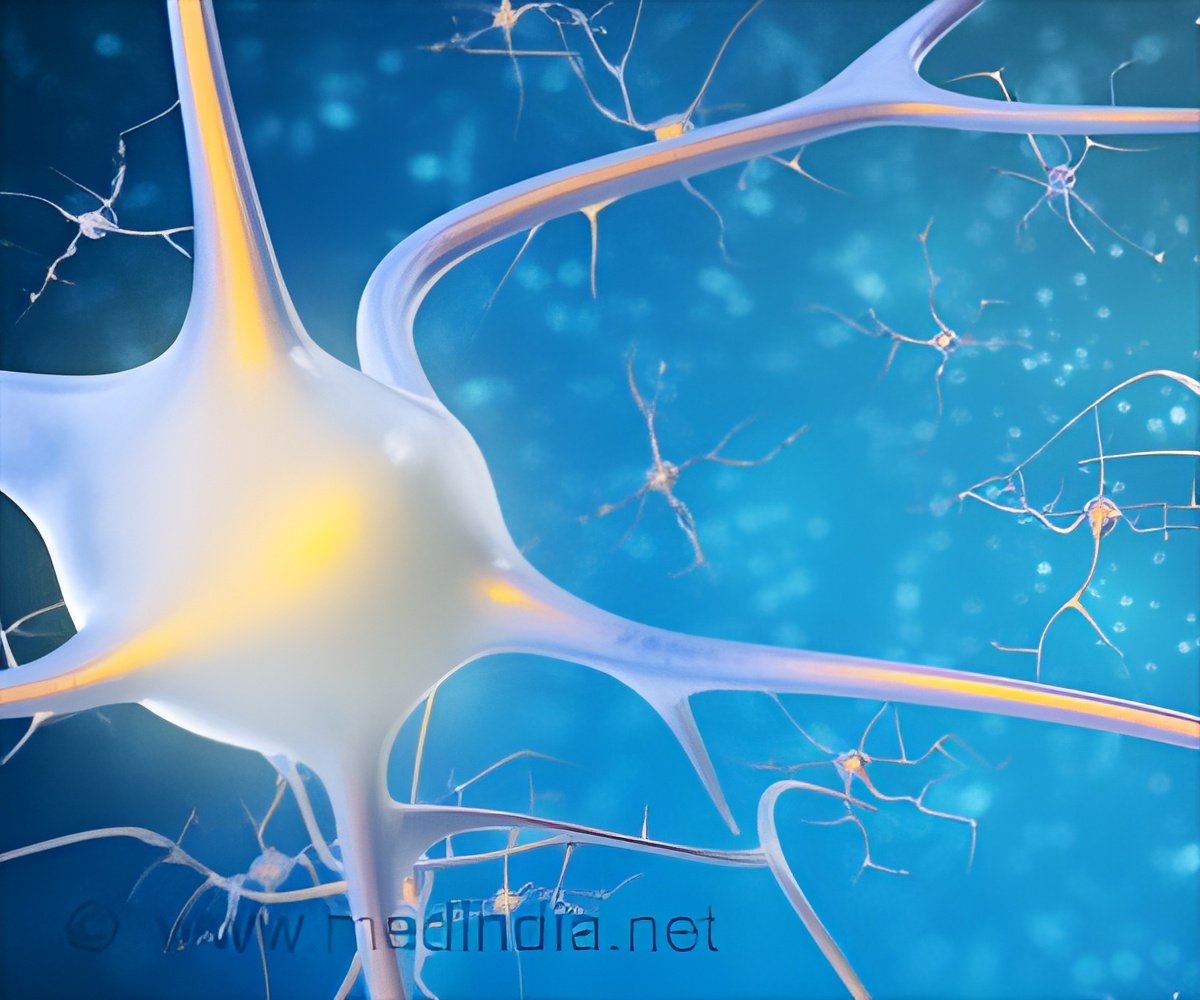Multifocal attention is natural to humans, says Julio Martinez-Trujillo, a cognitive neurophysiology specialist from McGill University.

Martinez-Trujillo’s approach in getting to the bottom of this long-standing controversy was novel. The team recorded the activity of single neurons in the brains of two monkeys while the animals concentrated on two objects that circumvented a third ‘distracter’ object. The neural recordings showed that attention can in fact, be split into two “spotlights” corresponding to the relevant objects and excluding the in-between distracter.
“One implication of these findings is that our brain has evolved to attend to more than one object in parallel, and therefore to multi-task,” said Martinez-Trujillo. “Though there are limits, our brains have this ability.”
The researchers also found that the split of the “spotlight” is much more efficient when the distractors are very different from the objects being attended. Going back to the very apt hockey analogy, Martinez-Trujillo explained that if a Montreal Canadiens forward is paying attention to two Boston Bruins in yellow and black, he’ll have a more difficult time ignoring the linesmen, also wearing black, than if he was in a similar situation but facing two Vancouver Canucks with blue and green uniforms, easily distinguishable from the linesmen in black’.
In the next generation of experiments, the researchers will explore the limits of our ability to split attention and multi-task – looking more closely at how the similarity between objects affects multi-tasking limits and how those variables can be integrated into a quantitative model.
This study was published this week in the journal Neuron.
Source-Medindia
 MEDINDIA
MEDINDIA

 Email
Email








